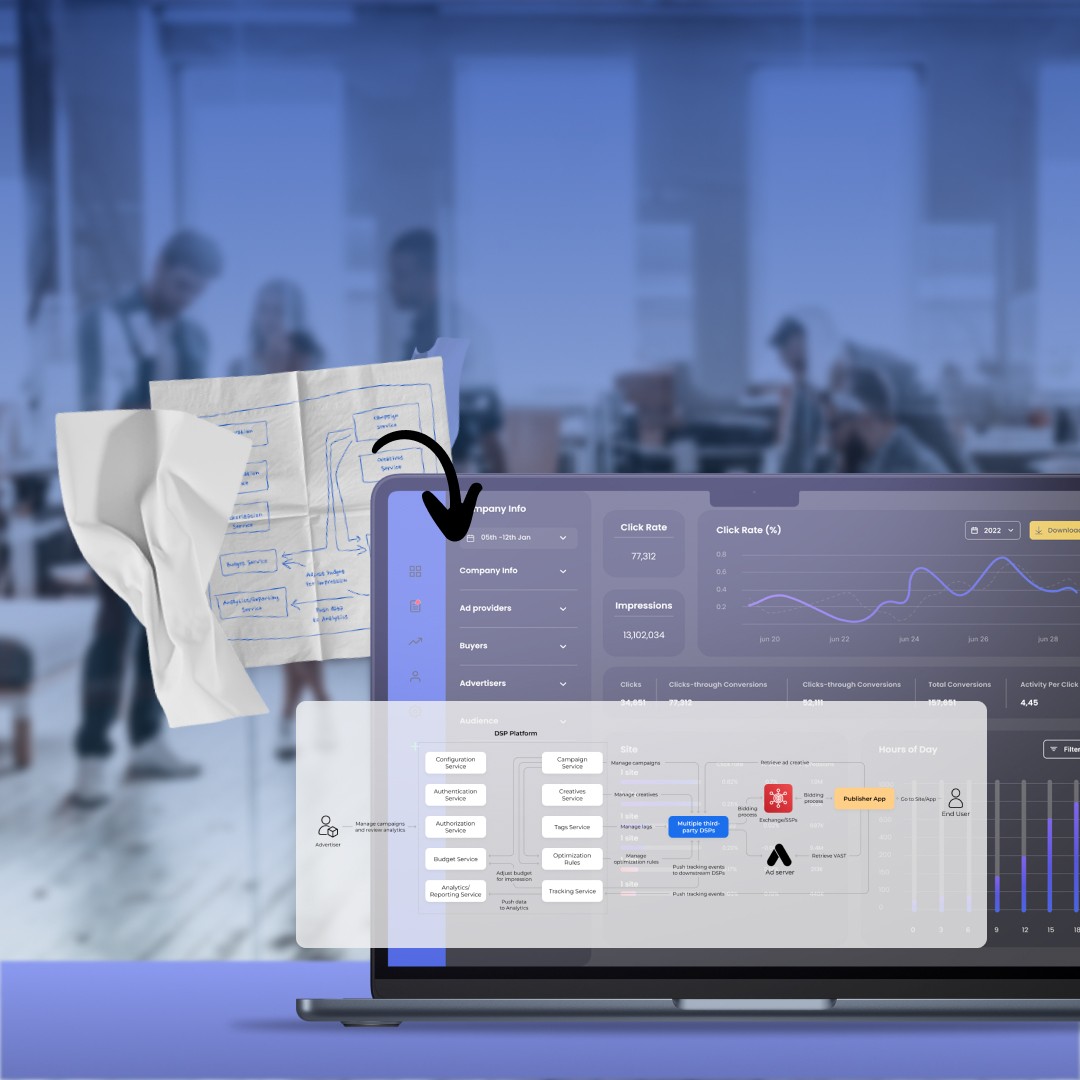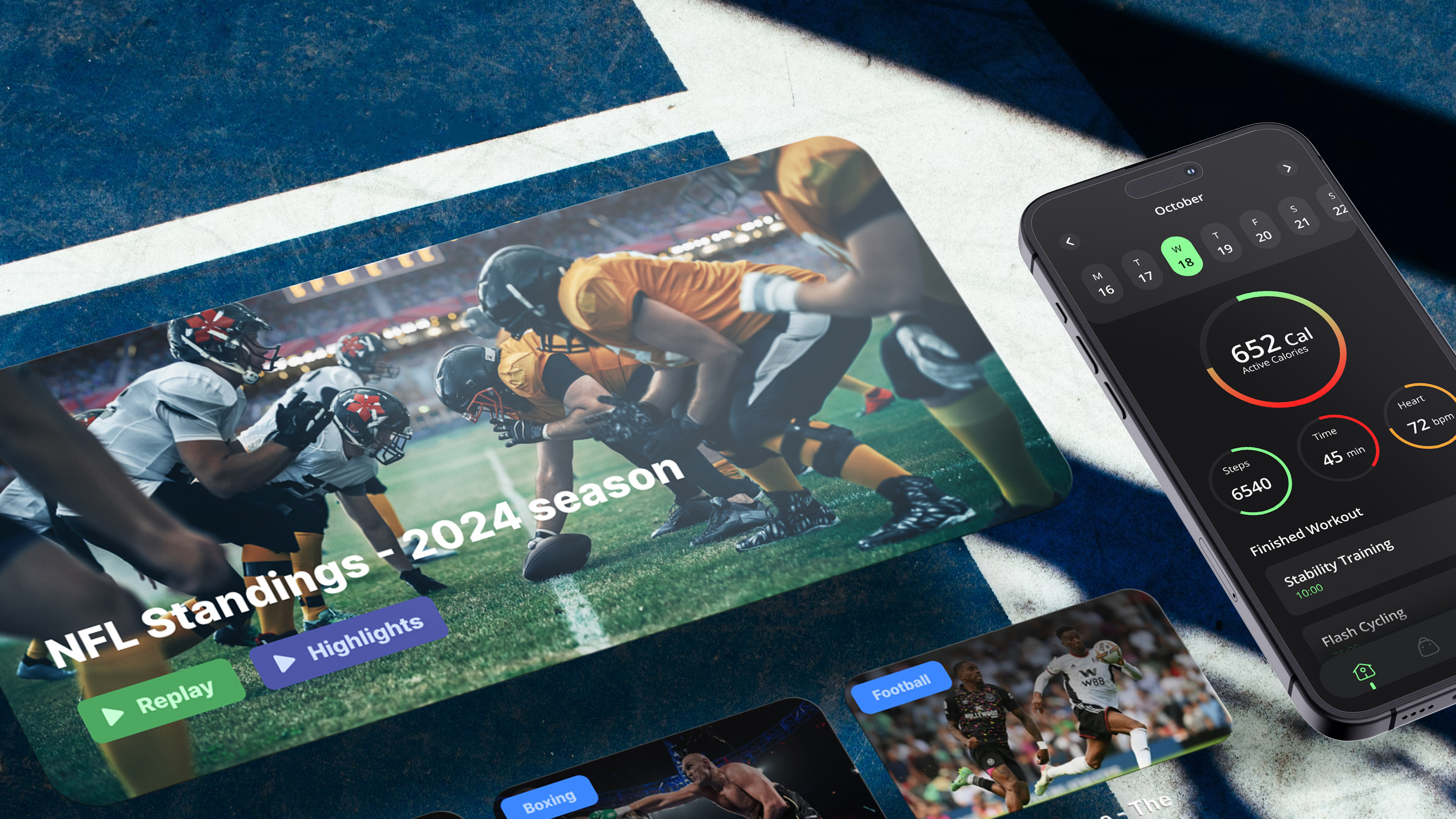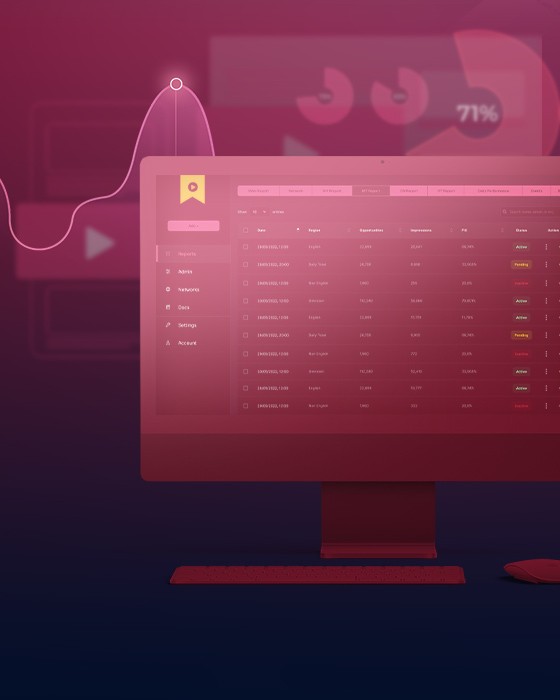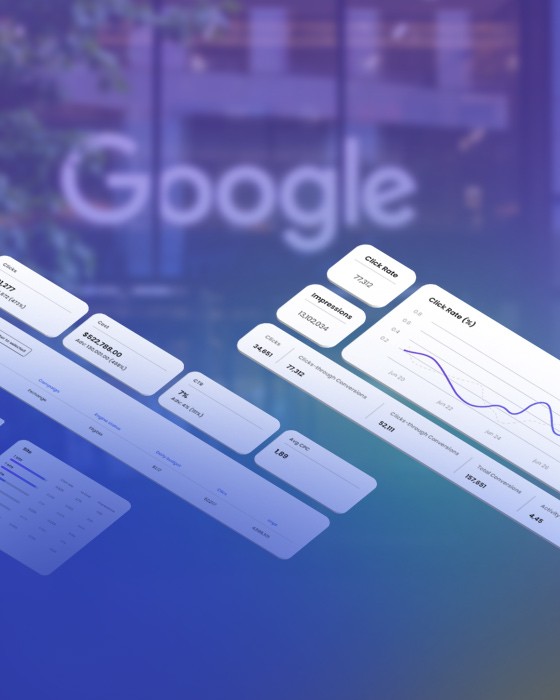DSP provider: “Maintaining a leading position is hard as it is, with an obsolete tech stack it is impossible.”

“We are leaving money on the table because of our core platform’s architectural limitations that make it a nightmare to grow our customer base while also trying to deliver stable performance. And the complex business logic often stands in the way of adding new features efficiently to stay ahead of the competition.”




















